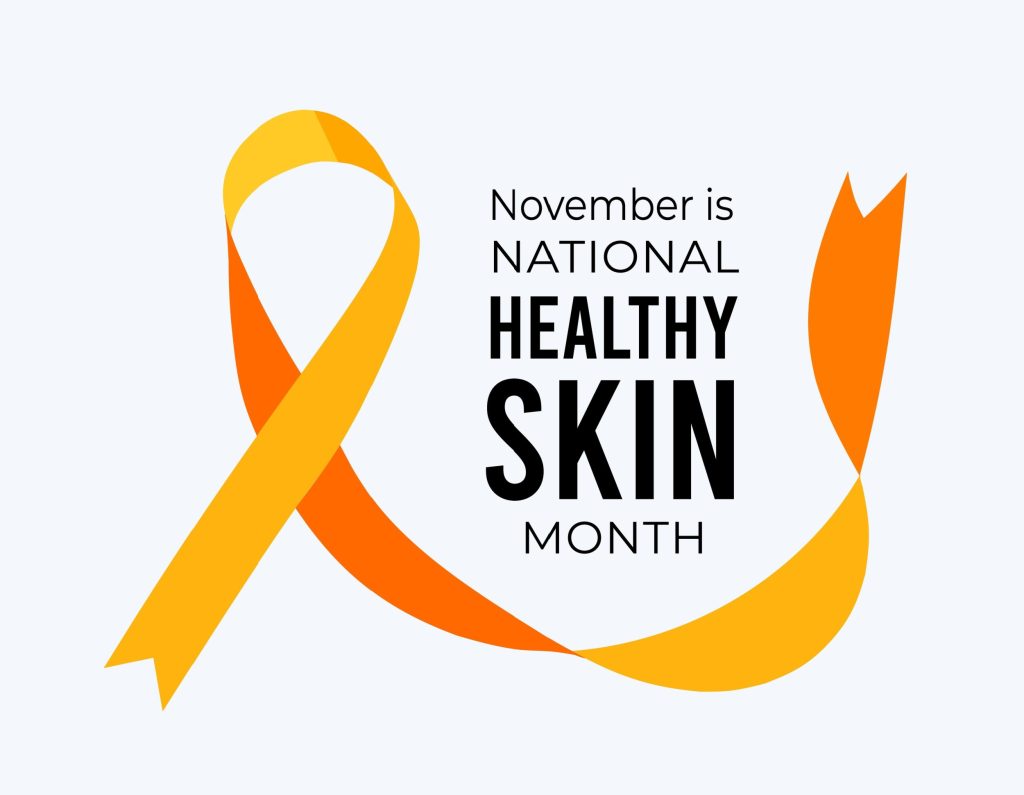
In scientific terms, the human eye is an organ that detects light and send signals along the optic nerve to the brain. In everyday life, your eyes are the major interpreters of the world around you. As one of the most complex organs with a multitude of individual parts that all work together, healthy eyes contribute to healthy vision.
When it comes to the potential pitfalls your eyes may face, you may immediately think of disorders and conditions such as refractive errors, astigmatisms, glaucoma, and cataracts, but did you know that ultraviolet (UV) rays can also damage your eyes and cause diseases like ocular melanoma, basal cell, and squamous cell carcinomas? Taking a few simple steps to focus on sun safety can greatly diminish signs of premature aging and deterioration of the eyes caused by UV rays.
Types of UV-related Cancers
- Melanoma – this type of skin cancer is one of the most dangerous and can become life-threatening if not treated. Most ocular melanomas form in the back of the eyes and can be hard to detect since there are not many early onset symptoms associated. If there are symptoms, they generally include blurry vision, a dark spot on the iris, seeing flashes or specks in your vision, and loss of peripheral vision. Fortunately, there are many successful treatments offered for ocular melanomas and the outlook is promising.
- Basal Cell Carcinoma (BCC) – this is the most common type of skin cancer and occurs from an abnormal growth of basal cells (found at the bottom of the epidermis, the outermost layer of skin). According to the Skin Cancer Foundation, an estimated 3.6 million cases are diagnosed each year in the United States. BCCs can grow and cause disfigurement around the eyes, especially the eyelids. When treated early, BCCs are highly curable. Mohs surgery is the treatment of choice for most BCCs.
- Squamous Cell Carcinoma (SCC) – this type of cancer is characterized by an abnormal, rapid growth of squamous cells (thin, flat cells that make up the epidermis). SCCs can form on the eyelids and have a high chance of spreading if not caught and treated early. Like melanoma, this type of cancer can be life-threatening if treatment is not sought right away. SCCs are the second most common type of skin cancer, and when found early, most are curable.
Exposure to the sun can cause several other issues in addition to the above, including bumps on the eyeball, macular degeneration, sunburned cornea, and dry eyes.
UV Rays & Your Eyes
- UVA radiation makes up 95% of the all the UV rays that make it to the earth’s surface. UVA rays penetrate our skin’s deepest layer and can even reach our skin through glass. Overexposure to UVA radiation can lead to macular degeneration and even cataracts.
- UVB radiation makes up only 5% of the UV rays from the sun, but can still produce sunburns, wrinkles, hyperpigmentation, and skin cancers. UVB rays can also cause DNA mutations, cloudy vision, surfer’s eye (noncancerous, triangular growths), and photokeratitis (a painful burning of the cornea from too much sun).
Prevention is Key
Focusing on making healthy choices can go a long way. By preventing sun damage, you can lower your chances of developing cancer in your eyes, on your eyelids, or undereye area.
Here are some simple techniques you can begin to put into practice immediately to protect your eyes:
- Wear a wide-brimmed hat when you are outdoors.
- Wear sunglasses with UVA and UVB protection of 99 to 100 percent when you are exposed to the sun. Consider wraparound UV-blocking sunglasses to eliminate sunlight from reaching the sides of your eyes and delicate skin under your eyes.
- Apply a broad-spectrum, water-resistant sunscreen with an SPF of at least 30 every two hours (or immediately after swimming or sweating), to your face and areas surrounding your eyes when outside, or even in the car. The Skin Cancer Foundation recommends choosing a mineral-based sunscreen made from zinc or titanium dioxide since they are generally made for sensitive skin and won’t sting your eyes as you sweat.
- Seek shade, especially between the hours of 10 a.m. and 4 p.m.
- Do not look directly at the sun, as this can damage the retina and cause an injury known as solar retinopathy (an injury to retinal tissues).
- Avoid tanning beds at all costs.
Even on overcast, foggy, and cold days, the sun’s UV rays can cause damage. It’s because of this that you should never skimp on taking measures to keep your eyes safe from the sun.
Florida Dermatology and Skin Cancer Centers (FLDSCC) recommends that you regularly perform a self-exam by checking yourself in the mirror and looking for any new, unusual, or changing areas, and reporting those to your dermatologist right away. An annual skin exam can also help identify suspicious growths, moles, and other dermatologic changes. It’s especially important to have an experienced dermatologist or licensed medical professional conduct a yearly body analysis to check all areas of your body, including your eyes. Additionally, the American Academy of Ophthalmology recommends having a complete eye exam annually beginning at age 40, when vision changes and certain eye diseases are likely to originate. By getting an annual eye exam, ocular concerns like melanoma are more likely to be detected and treated early.
Get proactive today! Your defense against skin cancer starts with you.
About Us
FLDSCC’s team of providers are experts in diagnosing and treating skin cancers; skin conditions and diseases such as eczema, rosacea, dry skin, rashes, and warts; and chronic skin diseases and infections, while simultaneously tackling aging skin, wound care, and a multitude of other skin, hair, and nail concerns.
Several FLDSCC providers are fellowship-trained in Mohs micrographic surgery, an effective state-of-the-art treatment for most types of skin cancers. Mohs surgery involves minimal discomfort and encourages the greatest preservation of healthy tissue, which means less risk of scarring and superior cosmetic results.
FLDSCC has many convenient locations throughout the state. For more information, visit www.fldscc.com, or call (855) FLD-SKIN.


